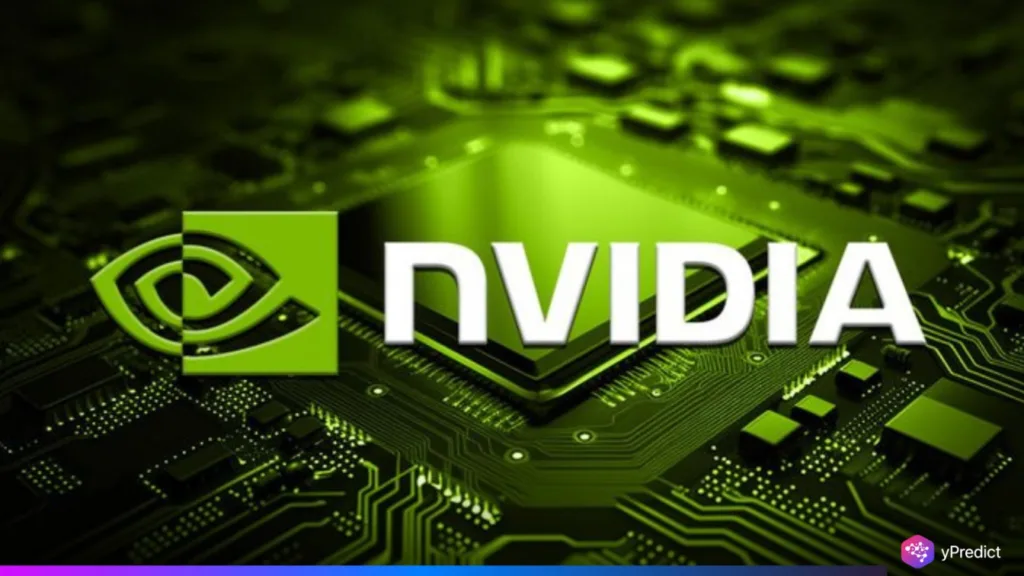
NVIDIA’s market capitalization hitting $4 trillion in July 2025 has ignited debate, not just for its size, but for what it signals. When a single U.S. tech firm matches the GDP of an entire nation like Japan, it raises deeper concerns. Japan’s economy produces real goods and services. NVIDIA sells chips and licenses software. The disparity highlights how inflated valuations in the U.S. market have become. It’s not about NVIDIA alone; it’s the broader context: a stock market fueled by momentum, speculative excess, and AI hype, divorced from real-world economic output. The bubble isn’t coming. It’s already here.
Valuation Metrics Show Dangerous Disconnect
Major financial indicators support the argument that the U.S. stock market is operating in bubble territory. The Buffett Indicator, total market cap divided by GDP, sits near 198%, nearly double its historical norm. This implies that investors are paying twice the economy’s worth for stocks, an extreme valuation not seen since just before the dot-com crash. Similarly, the Shiller P/E ratio hovers around 38, well above the long-term average of 16. These aren’t just red flags; they’re sirens.
When the stock market becomes this detached from the real economy, risk surges. It’s no longer about fundamentals; it’s about belief in perpetual tech dominance and infinite growth. The “Magnificent Seven” mega-caps, especially NVIDIA, have pulled the S&P 500 to record highs. But underneath the surface, most companies aren’t keeping pace. That’s classic bubble behavior: concentrated gains masking systemic overvaluation.
AI is real, yes. But so were railroads, dot-coms, and subprime mortgages. Every bubble has a kernel of truth, then detaches. The current market reflects speculative optimism more than grounded expectations. With rate cuts delayed and fiscal debt ballooning, the U.S. market is running on fumes. Without a correction, the reckoning could be sudden and severe.
NVIDIA Isn’t the Problem; It’s the Symptom
NVIDIA’s explosive growth isn’t irrational. Its revenue has surged, and demand for AI chips is legitimate. But a $4 trillion valuation means investors expect it to not only dominate AI but also sustain exponential growth for years, maybe decades. That’s an impossible ask. Japan’s entire economy, the third largest globally, consists of millions of businesses, workers, and real-world output. NVIDIA? It’s a single firm, however successful.
This isn’t about NVIDIA’s fundamentals; it’s about the distortion of valuation norms across the board. When investors believe tech stocks will always go up, they overpay. NVIDIA trading at a P/E of 53 might seem reasonable in isolation, but in the context of a market priced for perfection, it becomes dangerous. Everyone is chasing the next big thing while ignoring risk.
Add in macro factors, sky-high national debt, rising protectionism, and global instability, and the picture darkens. The U.S. is experiencing inflated optimism, much like Japan in the 1980s. Back then, Tokyo real estate was more valuable than all of California. Now, NVIDIA is worth more than a country. Bubbles don’t pop when valuations peak; they pop when belief breaks. And with markets this frothy, it won’t take much to shatter the illusion.
The Illusion of Endless Growth
The U.S. stock market is no longer priced for reality. It’s priced for fantasy. Valuation metrics are screaming danger, yet euphoria blinds investors. Tech dominance and AI breakthroughs are real, but they can’t defy economic gravity forever. When one company matches an entire country’s output, something’s broken. This is no longer just investor enthusiasm; it’s a collective delusion. Like every bubble before it, this one will burst. The only question is when. And when it does, the fall will be brutal. The current U.S. market isn’t healthy. It’s inflated, brittle, and bloated beyond reason. The bubble isn’t building; it’s fully formed.





